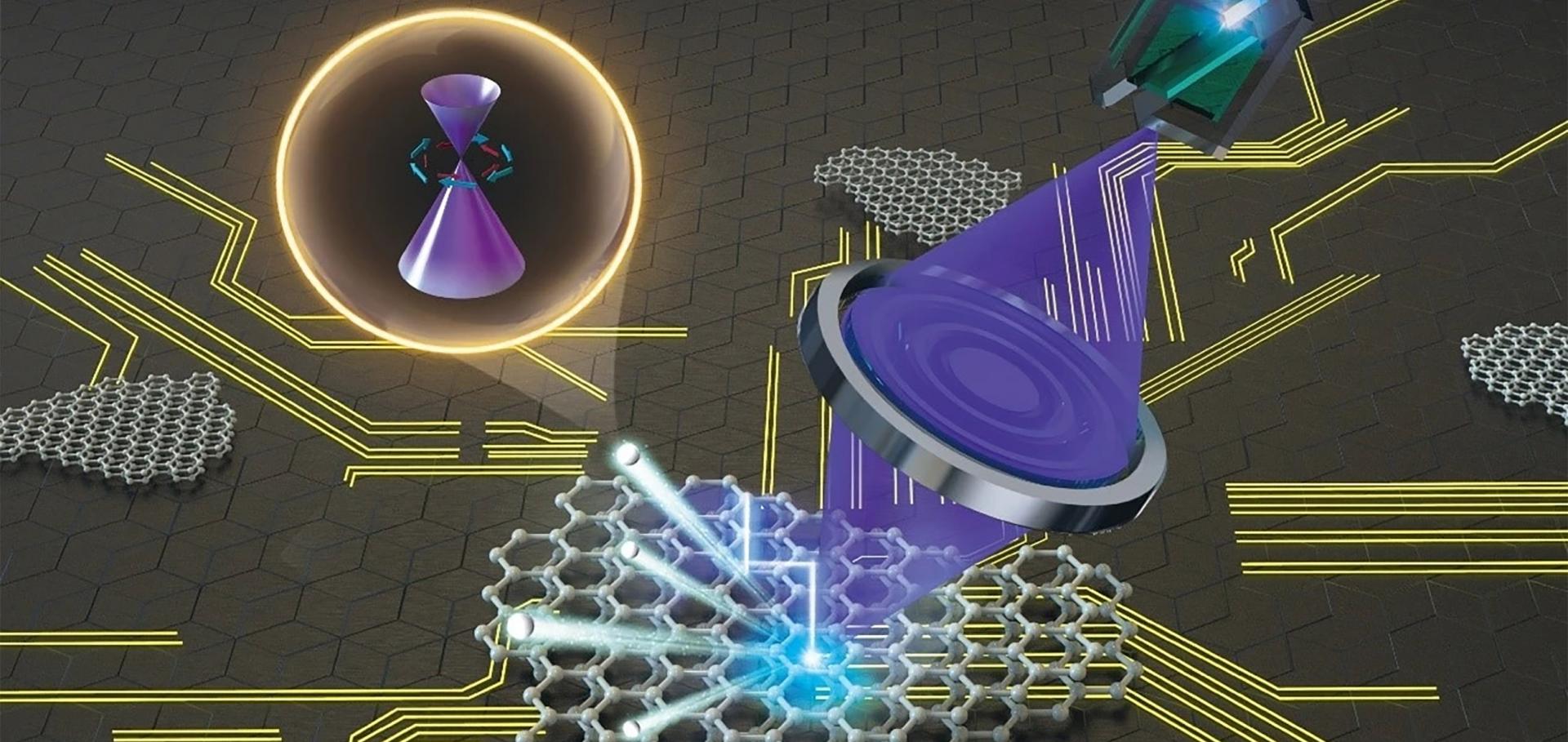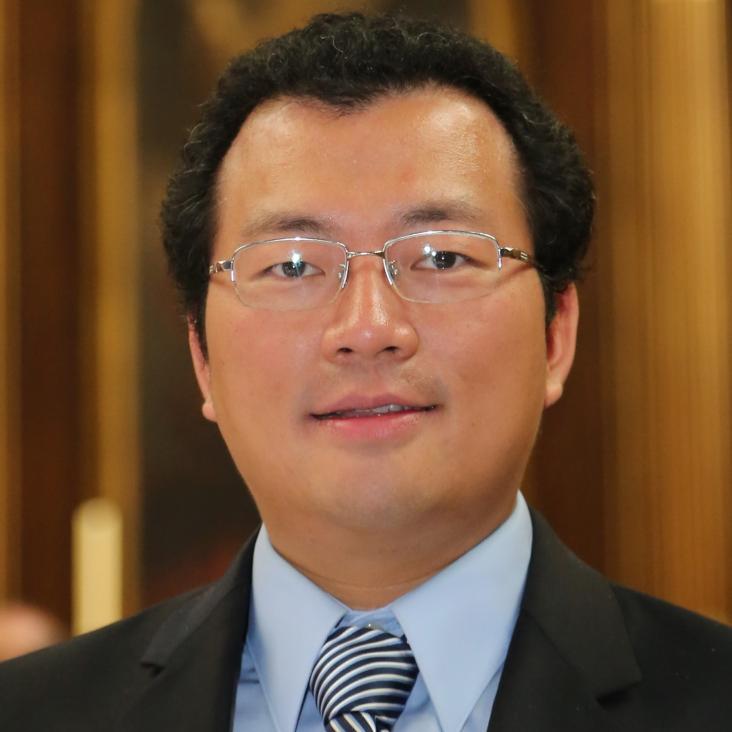Pressure-induced superconductivity in the noncentrosymmetric Weyl semimetals LaAlX (X=Si,Ge)
Robust kagome electronic structure in the topological quantum magnets XMn₆Sn₆ (X=Dy,Tb,Gd, Y)
Abstract:
Crystal geometry can greatly influence the emergent properties of quantum materials. As an example, the kagome lattice is an ideal platform to study the rich interplay between topology, magnetism, and electronic correlation. In this work, combining high-resolution angleresolved photoemission spectroscopy and ab-initio calculation, we systematically investigate the electronic structure of XMn6Sn6 (X = Dy, Tb, Gd, Y) family compounds. We observe the Dirac fermion and the flat band arising from the magnetic kagome lattice of Mn atoms. Interestingly, the flat band locates in the same energy region in all compounds studied, regardless of their different magnetic ground states and 4f electronic configurations. These observations suggest a robust Mn magnetic kagome lattice across the XMn6Sn6 family, thus providing an ideal platform for the search and investigation on new emergent phenomena in magnetic topological materials.


